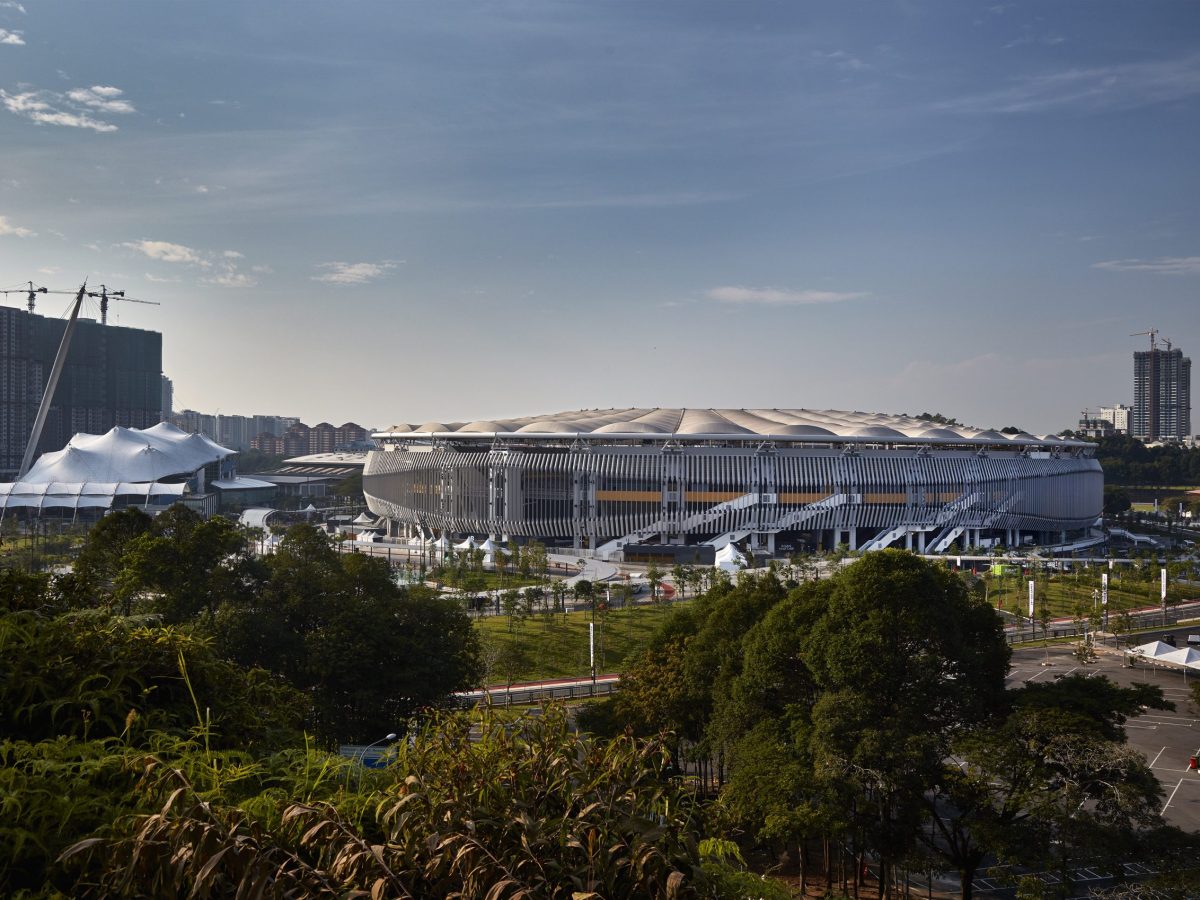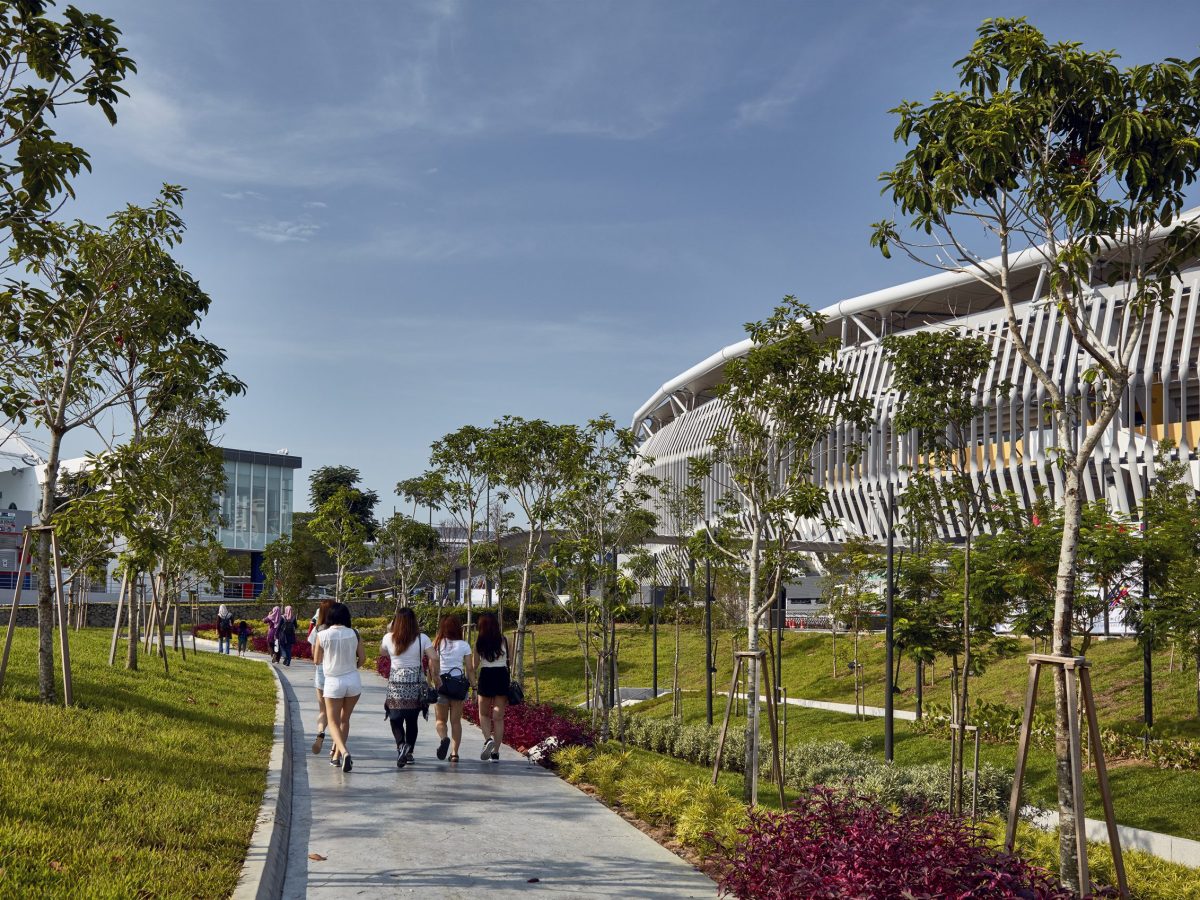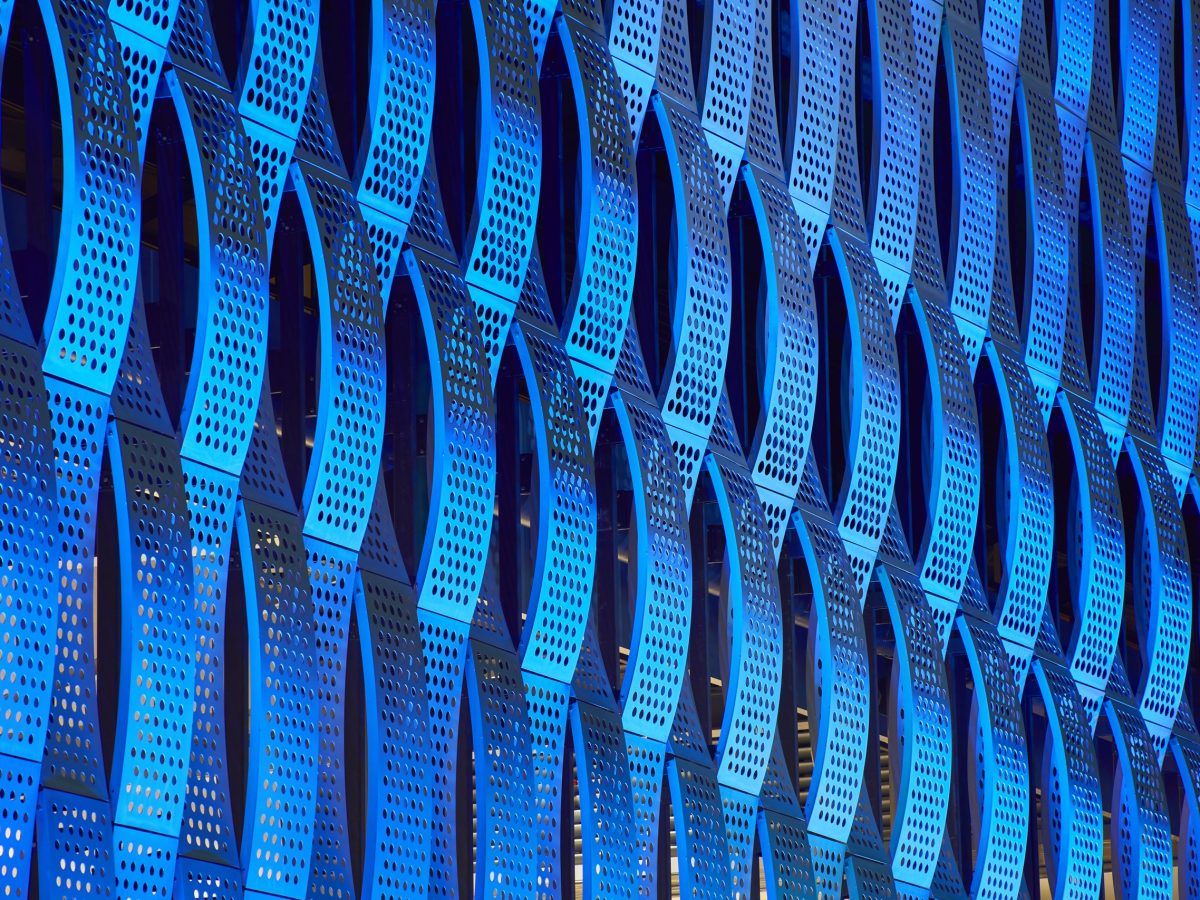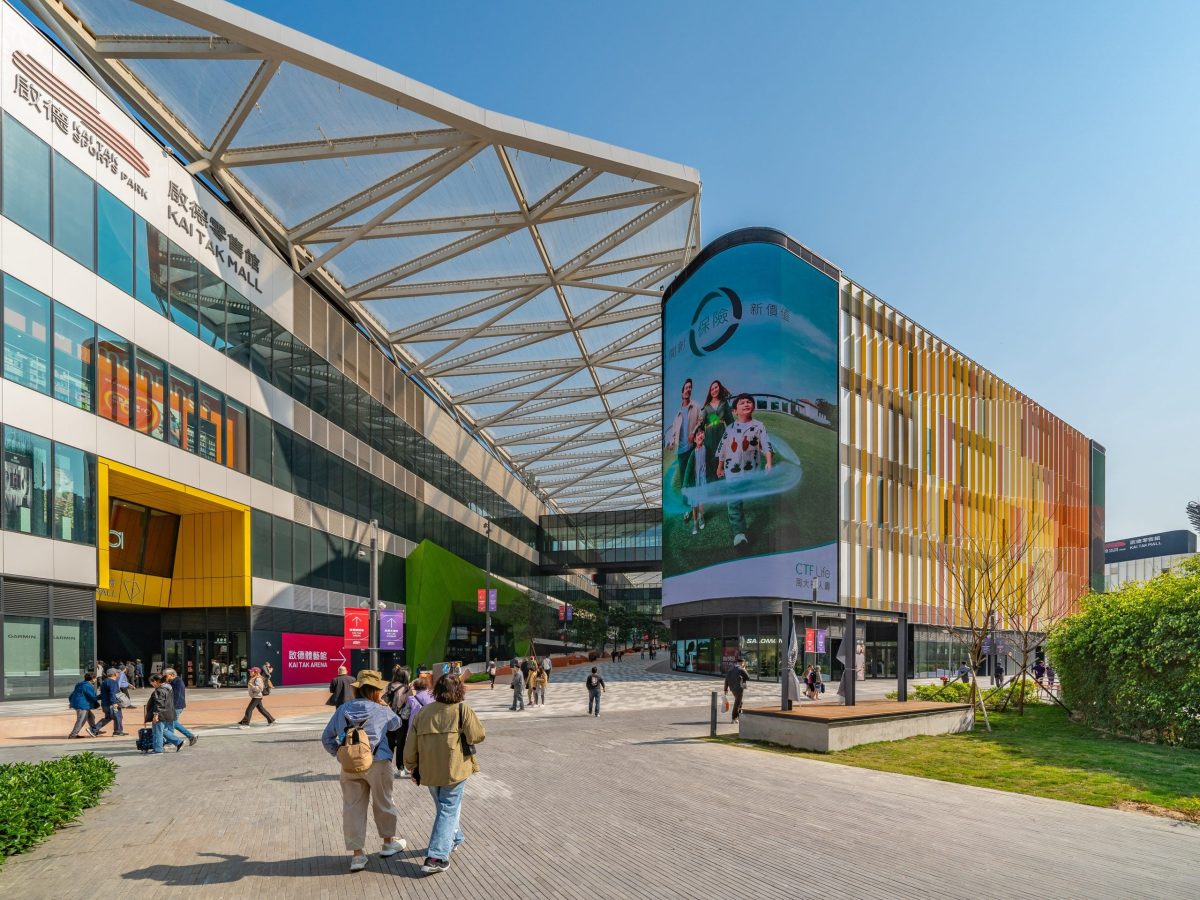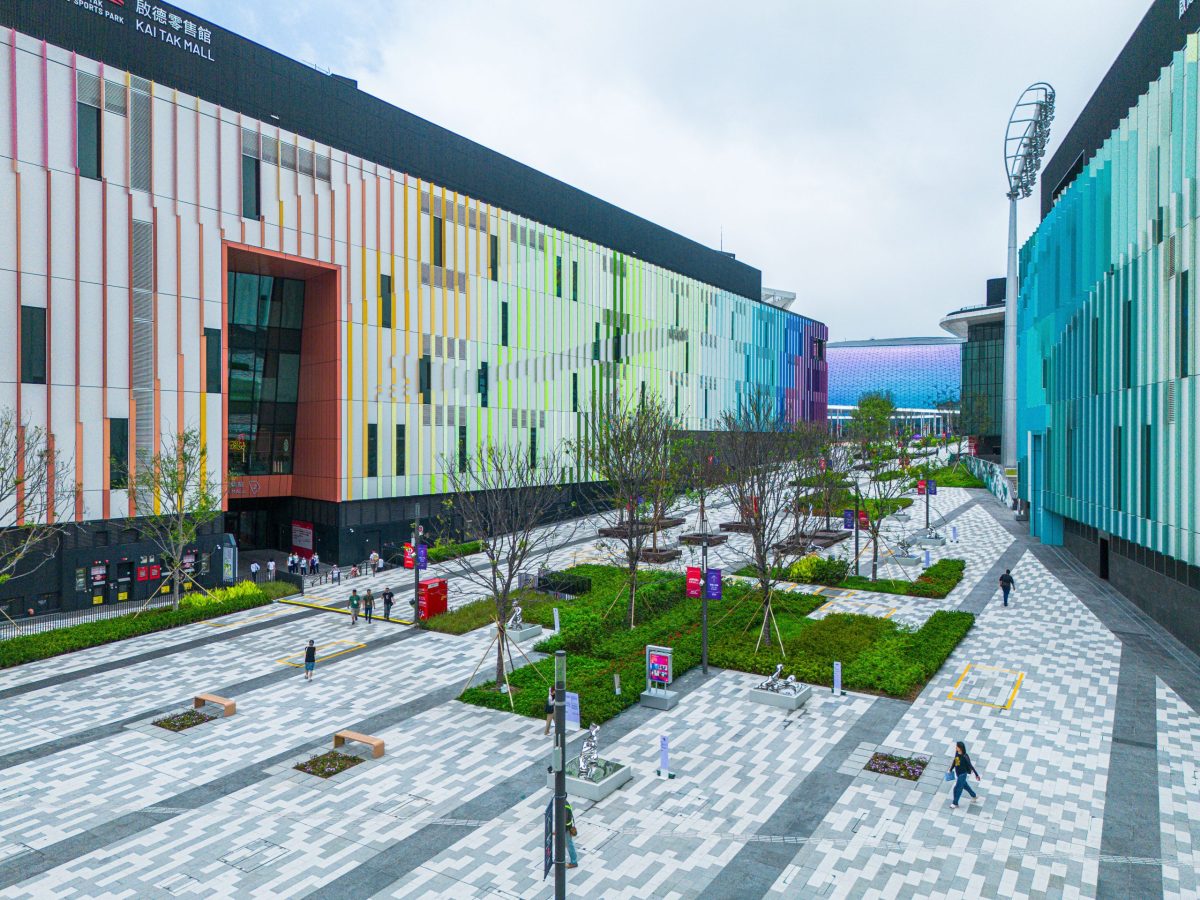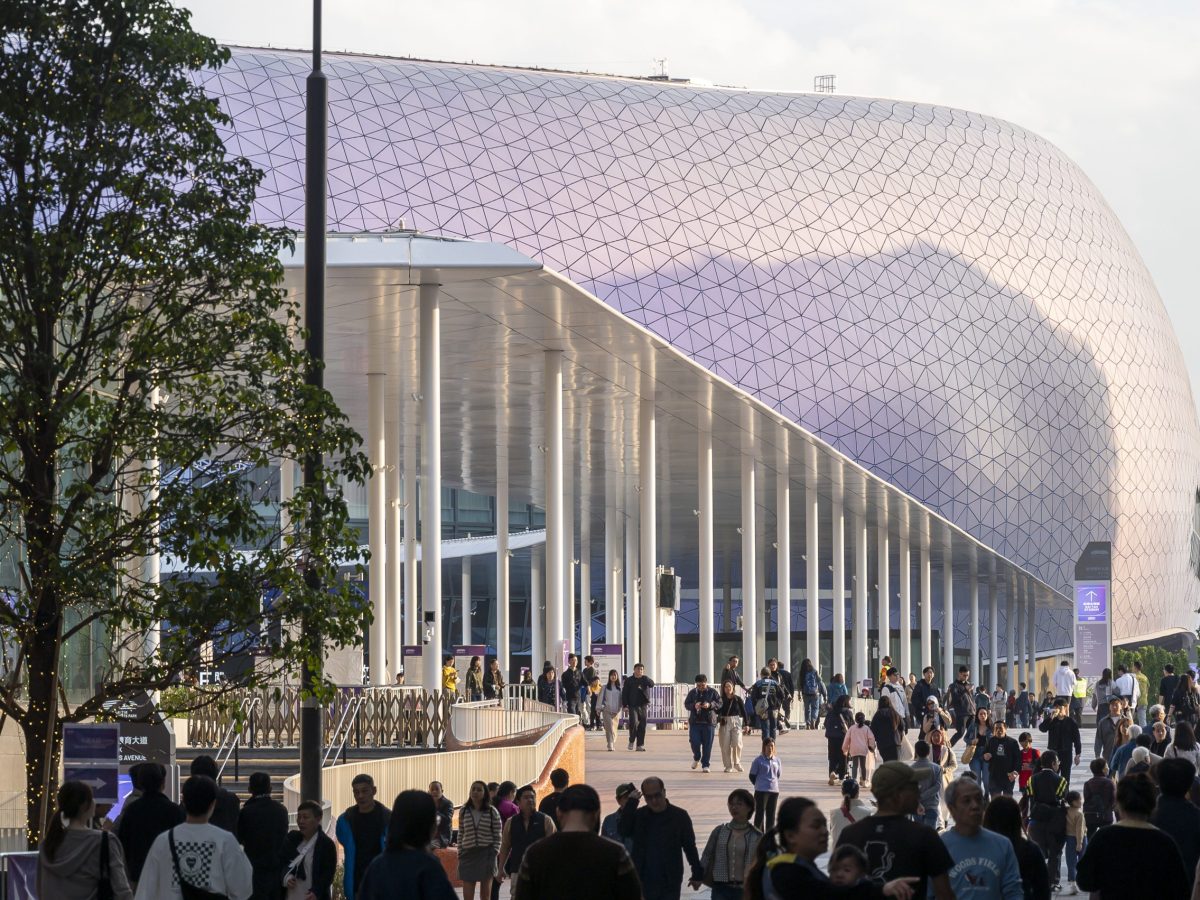July 8, 2025
Supporting resilient communities through sports and entertainment infrastructure in Asia
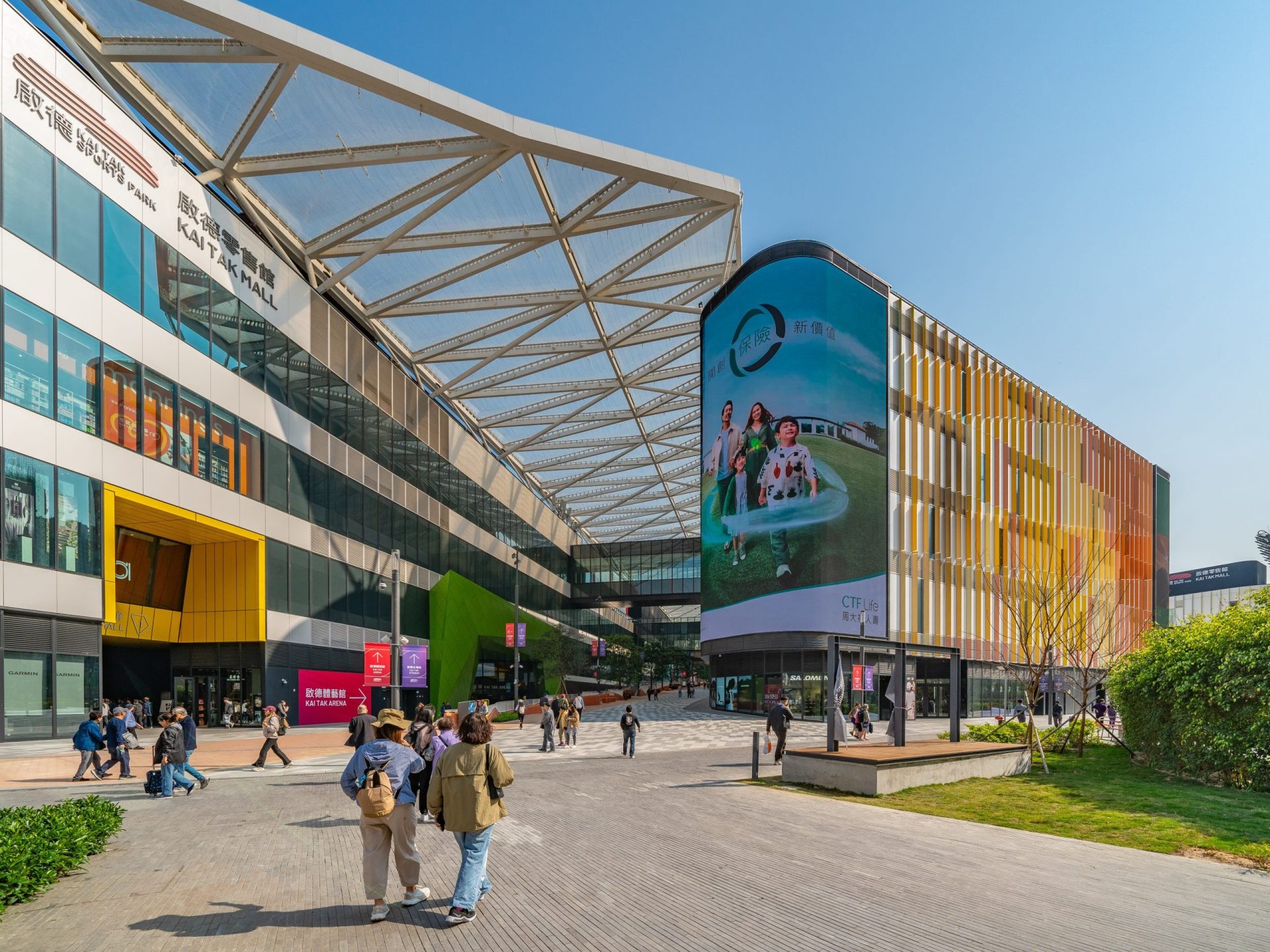
While this infrastructure has traditionally been designed to host major international events such as the Olympic & Paralympic Games, World Cups, and popular touring artists, it has become much more. Changing population demographics, such as ageing communities, the economic impacts associated with obesity and chronic illnesses, and the isolating effects of digital technologies, have underscored the need for sports and entertainment venues to serve as community-centric spaces promoting physical activity and social interaction.
In response to these evolving needs, contemporary sports and entertainment venue design should integrate features that support a wide range of activities and user groups, ensuring that these spaces contribute effectively to the resilience and vitality of urban communities. By fostering inclusive and adaptable environments, these sports hubs can be repositioned not just as sites of irregular spectatorship, but as integral components of healthy and dynamic urban ecosystems.
Project case studies
Sports and entertainment complexes are now being designed as vibrant community hubs that extend beyond hosting major events, incorporating retail and community zones, educational facilities and medical services, contributing to the creation of sustainable neighbourhoods and resilient urban communities. This transformation is grounded in universal design principles, ensuring accessibility and inclusivity for diverse users.
Two highly successful projects that highlight the broader community benefits of sports and entertainment precincts are KL Sports City in Kuala Lumpur and Kai Tak Sports Park in Hong Kong. The redevelopment of KL Sports City focused extensively on cultivating areas specifically designed to captivate and engage a younger generation. This revitalisation introduced various welcoming outdoor spaces, including sports playgrounds and zones dedicated to youth entertainment. In contrast, the design of Kai Tak Sports Park has been strategically oriented to cater to the interests of middle-aged and senior populations. This focus is reflected in creating facilities and programs that appeal to these age groups, promoting active lifestyles and social interaction within communities. The distinct demographic targeting of these projects exemplifies a tailored approach to community engagement, ensuring that both precincts serve as vibrant, age-appropriate hubs for their respective audiences.
KL Sports City
Kai Tak Sports Park
Reconsidering the foundational elements of stadia planning and design
The design and development of multifunctional sports and entertainment complexes in Asia faces many challenges. These include economic constraints, budget limitations, the need for transportation upgrades, and land availability. However, these complexes are pivotal in fostering social integration, enhancing community wellbeing, promoting active lifestyles and diminishing social isolation.
Future development strategies for multifunctional sports, cultural and community clusters must therefore incorporate comprehensive planning that addresses these diverse challenges. A multidimensional approach should encompass the following five foundational elements of the planning and design of sports and entertainment infrastructure to ensure its successful integration into the broader urban fabric.
Venue program
A thoroughly detailed venue program is crucial and should be meticulously developed before the commencement of preliminary design. This foundational program should extend beyond the standard requirements of feasibility studies and specifications for hosting major events.
Urban connection
The significance of barrier-free and traffic-free connections between the city, neighbourhood and sports and entertainment precinct cannot be overstated. These connections can create safe and welcoming public spaces when carefully planned in the project’s early stages. The project can ensure the precinct is a community-centric space that is also designed with climate in mind, particularly in Southeast Asia where areas like large open plazas should be avoided due to the urban heat island effect.
Inclusive design
The cultural context and increasing enthusiasm for sports and social activities among the female population in Asia necessitate specific architectural and design considerations for public and community-use zones within stadia and their broader precincts. Architectural planning for these areas must prioritise the needs of all ages and genders as well as people with disabilities. Ensuring these zones are safe, well-lit, and free from obscured areas enhances security and accessibility for all users.
Functional integration
One highly effective strategy for ensuring regular visitor traffic to a stadium is the integration of multifunctional zones within the main venue. These zones can include a health clinic, potentially linked with a sports rehabilitation centre offering programs for residents. Additionally, incorporating libraries with free public access and dedicated study areas caters to the educational needs of young people. Educational facilities, sports schools and sports academies are also crucial, nurturing talented athletes from an early age and fostering a strong sports culture.
Cultural integration
Sports and entertainment precincts are now increasingly recognised not just as venues for their core activities but as vital cultural hubs capable of hosting a diverse range of events. These versatile spaces are ideally suited for concerts, shows, musicals and theatre productions and can even function as open spaces for markets, art galleries and cultural festivals. The deliberate incorporation of such multifaceted features into the architectural design of future buildings is crucial. This approach cultivates a vibrant cultural point of attraction that benefits not only the residents of the immediate precinct but also the broader city.
Integrating sports infrastructure into the urban fabric
A multifunctional, inclusive and cross-disciplinary approach to the design of a stadium or arena enhances the integration of neighbouring precincts into the daily life of these venues. By embracing a holistic design philosophy, sports and entertainment complexes can foster a robust connection with local communities.
This approach transforms these venues into vital hubs of activity and promotes community engagement and participation. The strategic inclusion of diverse functionalities within a complex ensures that it serves as a site for sports and entertainment events while being a vibrant community centre offering various activities and services.
These could include educational programs, cultural events and public meeting spaces, all contributing to the neighbourhood’s social fabric. Such a dynamic and integrated approach helps build community resilience by providing a platform for social interaction and bolstering the local economy through increased foot traffic and utilisation.
Ultimately, this makes sports and entertainment venues an integral part of community life, ensuring their relevance and sustainability over time. This integration goes a long way in cultivating a sense of ownership and pride among residents, strengthening the communal bonds essential for a resilient society.
The full study into inclusive public spaces for resilient communities was originally published in the Malaysia Architectural Journal and can be read here.
Lorem ipsum dolor sit amet consectetur, adipisicing elit. Non facere corporis et expedita sit nam amet aut necessitatibus at dolore enim quis impedit eius libero, harum tempore laboriosam dolor cumque.
Lorem, ipsum dolor sit amet consectetur adipisicing elit. Illo temporibus vero veritatis eveniet, placeat dolorem sunt at provident tenetur omnis, dicta exercitationem. Expedita quod aspernatur molestias eum? Totam, incidunt quos.

